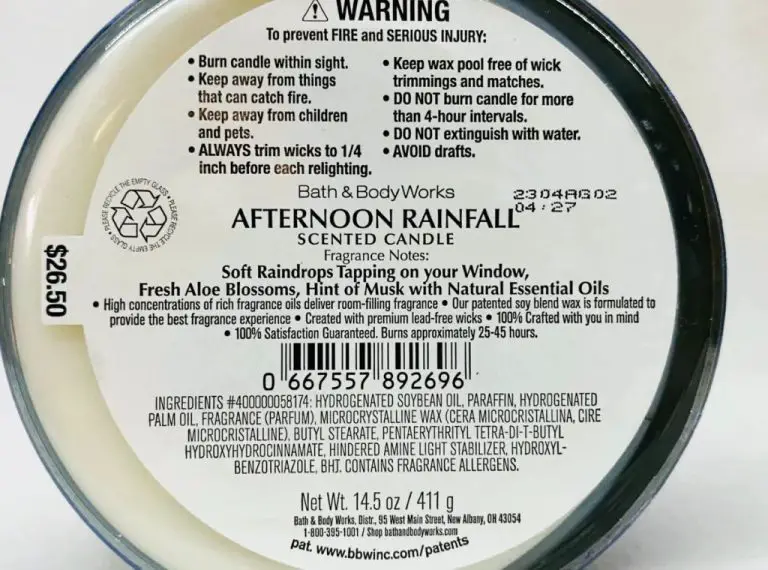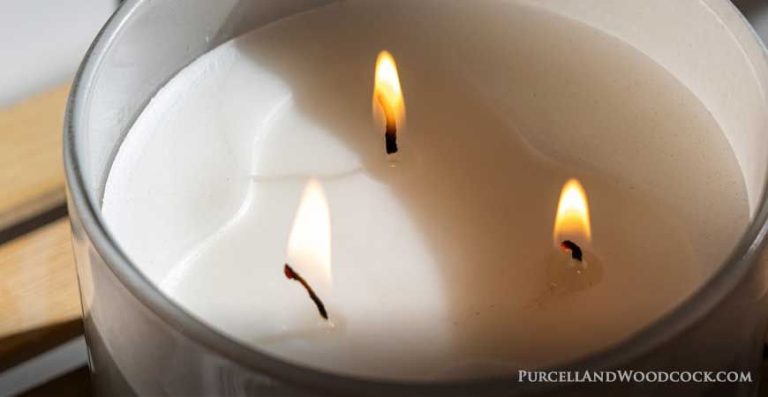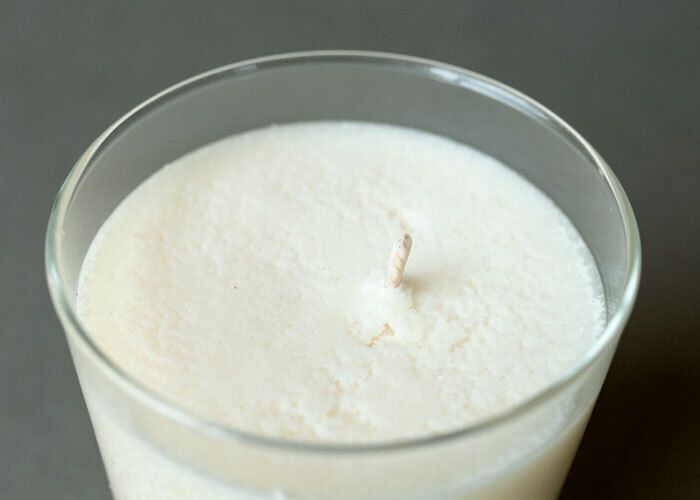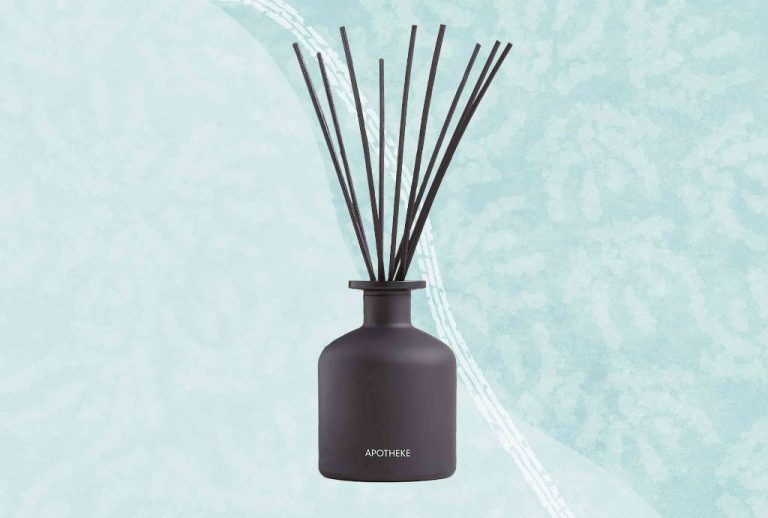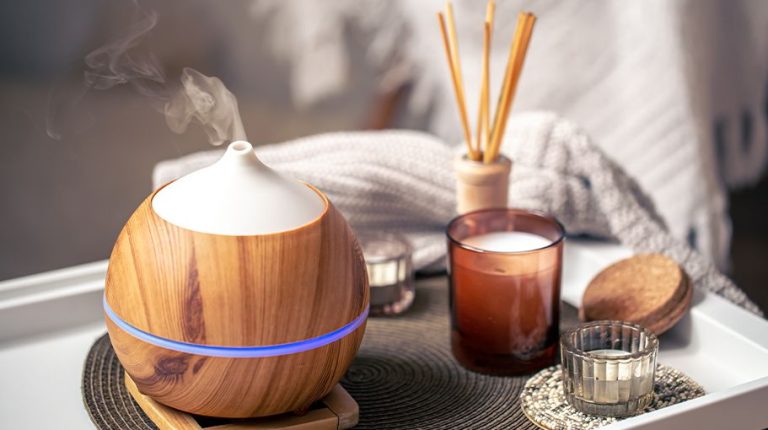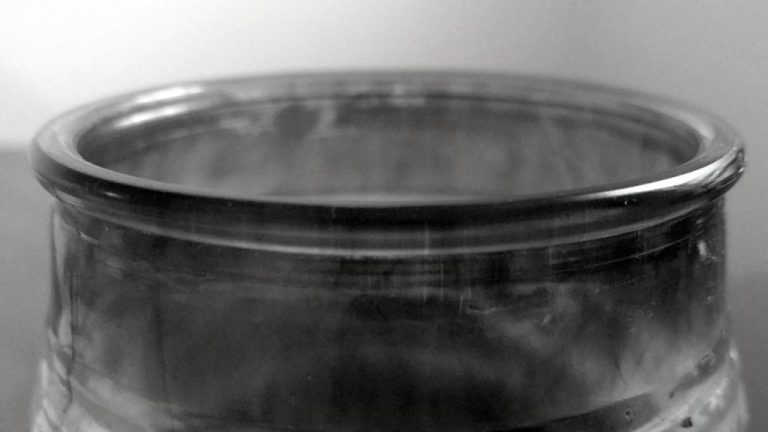What Is The Lifespan Of A Diffuser?
What is a Diffuser?
A diffuser is a device designed to disperse essential oils into the air. It allows you to enjoy the aromatic benefits of essential oils throughout a room. There are several types of diffusers, but they all serve the same basic purpose of dispersing essential oil molecules so they can be inhaled and provide aromatic benefits.
The most common type of diffuser is an ultrasonic or nebulizing diffuser. It uses ultrasonic vibrations and water to create a fine mist that contains the essential oils. The mist is dispersed into the air so the oil molecules can be enjoyed throughout the room (Source).
Another type is an evaporative diffuser, which uses a fan to blow air through a pad or filter that contains the essential oils. This evaporates the oils into the room. There are also heat diffusers that use warmth to evaporate the oils, and Reed diffusers that use reeds to draw oil up from a bottle.
Regardless of the type, diffusers utilize natural processes like water, air, and heat to help essential oil molecules enter the air. This allows you to enjoy their aroma and benefits. Diffusers are popular for dispersing relaxing or uplifting scents throughout a home, office, or other environments.
Diffuser Designs and Mechanisms
The four main types of diffuser designs are ultrasonic, nebulizing, evaporative, and heat diffusers. Each has its own unique mechanism for dispersing essential oils into the air:
Ultrasonic Diffusers: An ultrasonic diffuser uses electronic frequencies to vibrate a small disk or plate underneath the water reservoir, breaking up the water and oil molecules into a fine mist. The mist gets dispersed into the air to be inhaled. Pros of ultrasonic diffusers include their quiet operation, ability to cover large spaces, and option for LED lights and timer settings. Cons are they require cleaning to avoid mold growth and don’t work well with thick oils.1
Nebulizing Diffusers: A nebulizing diffuser uses pressurized air to blow air across a small tube or nozzle containing the essential oils. This breaks the oils into a fine mist without using heat or water. Nebulizers don’t require heat or water so they can diffuse oil continuously. They work well with thick oils. Downsides are they can be noisy and use oil quickly.2
Evaporative Diffusers: Evaporative diffusers use a fan to blow air over a pad or filter soaked in essential oils. The airflow helps the oils naturally evaporate. They are quieter and don’t require heat, water, or cleaning. But they often cover less area and can’t be used with thick oils.3
Heat Diffusers: Heat diffusers use heat to warm the essential oils to promote evaporation. They don’t require water and provide strong, consistent diffusion. Downsides are the heat can degrade oil quality over time and they pose safety risks if oils spill or touch the heating element.1
Diffuser Construction Materials
Diffusers come in a variety of construction materials, each with their own properties that impact durability and lifespan. Some common materials used are:
Ceramic: Ceramic diffusers are very durable but more prone to breaking if dropped. They can last for many years if handled carefully. Ceramic diffusers provide smooth, even diffusion.
Plastic: Plastic diffusers such as acrylic or polycarbonate are affordable, lightweight, and resistant to breakage. However, plastic can become brittle and yellow over time with extended UV light exposure. Quality plastic diffusers can maintain clarity and performance for 3-5 years of average use before signs of aging become apparent. Plastic diffusers work well to diffuse LED lighting. (1)
Wood: Wood diffusers have an attractive natural look but are less durable than other materials. With exposure to moisture and humidity, wood can warp or crack over 1-2 years. Timbers like teak that are more resistant to water damage will last longer. Wood needs refinishing occasionally to maintain its look.
Glass: Like ceramic, glass diffusers provide excellent light diffusion and optics. However they can shatter if dropped and are heavier than other options. With careful handling, glass diffusers can last 5 years or longer before needing replacement. Colored and frosted glass alters the diffused light in unique ways.
In summary, while plastic and wood diffusers are generally less expensive, going with higher quality ceramic or glass materials can provide superior durability and performance over time.
(1) https://www.curbellplastics.com/materials/industries/lighting-light-management/
Factors that Impact Diffuser Lifespan
There are several key factors that can affect how long a diffuser will last before needing to be replaced:
Usage frequency – Diffusers that are used more often will see their lifespan decrease faster. The constant heating, dispersing of oils, and exposure to air will cause components to wear out quicker with frequent use compared to occasional use.
Essential oil type – Some thicker or harsher essential oil blends can clog diffusers faster by leaving behind residue. Lighter, purer oils tend to not gunk up diffusers as rapidly.
Maintenance and cleaning – Regular cleaning and maintenance like changing filters or wicks can prolong the life of a diffuser. Allowing buildup of residue, not cleaning parts, or lack of other care can reduce lifespan.
Replacing parts – Many diffusers allow certain components like wicks or pads to be replaced individually. Doing this can restore function and avoid having to replace the entire unit.
Overall diffuser quality – Well-built diffusers made of quality materials and with good design typically last longer than cheaply made units.
Following manufacturer guidelines – Abiding by run times, oil usages, maintenance schedules recommended by the diffuser maker can help optimize lifespan.
Estimating Diffuser Lifespan
The lifespan of a diffuser can vary greatly depending on the type and quality of the diffuser. Here are some general lifespan estimates:
Ultrasonic Diffusers: These diffusers use ultrasonic vibrations and water to produce a fine mist. As they rely on plastic reservoirs and ultrasonic components, their lifespan is often shorter.
- Plastic ultrasonic diffusers – 1-2 years lifespan on average (1). Plastic can degrade and crack over time.
- Higher quality ultrasonic diffusers – 3-5 years (2). Using glass, ceramic or wood reservoirs improves lifespan.
Nebulizing Diffusers: Nebulizers use pressurized air to diffuse oils without water. They have a longer lifespan since they do not require plastic parts.
- 5-10+ years average lifespan.
Evaporative Diffusers: These simple diffusers rely on a fan and pad to diffuse oils. They have an average lifespan of:
- 3-5 years on average.
Heat Diffusers: Using low heat, these diffusers have a relatively short 1-3 year average lifespan as the heat can degrade plastic parts.
Overall, nebulizing and high quality ultrasonic diffusers tend to have the longest lifespans. Proper care and maintenance will also extend a diffuser’s lifespan.
(1) https://www.reddit.com/r/aromatherapy/comments/55rknv/anyone_has_seen_a_safe_ultrasonic_diffuser/
(2) https://greenopedia.com/essential-oil-diffusers-comparison/
Improving Your Diffuser’s Lifespan
There are several ways you can extend the lifespan of your diffuser with proper care and maintenance.
Regular cleaning is crucial for a long-lasting diffuser. Follow the manufacturer’s instructions to clean the diffuser every few uses. Typically this involves wiping down any condensation, rinsing water reservoirs, and using cotton swabs dipped in vinegar to remove mineral buildup or oil residues. Deep clean the diffuser weekly by soaking components in a 50/50 vinegar and water solution for 10-15 minutes.
Using high quality essential oils can also prolong the life of your diffuser. Pure therapeutic grade oils without additives or synthetic ingredients are less likely to clog diffusers. Additionally, don’t overuse oils by running diffusers continuously at maximum output. Give your diffuser breaks between uses.
Replace parts like wicks, membranes, or water filters as recommended by manufacturer guidelines. Swapping out worn components can restore proper diffusing function.
By practicing regular maintenance, using pure oils in moderation, and replacing parts as needed, you can keep your diffuser working optimally for years. Proper care leads to the longest possible lifespan.
Warning Signs of a Failing Diffuser
There are some clear signs that indicate when a diffuser is reaching the end of its effective lifespan and needs to be replaced or repaired. Being aware of these warning signs can help prevent issues and ensure optimal diffuser performance. Some key signs of a failing diffuser include:
Loss of scent. The most obvious red flag is when the diffuser is turned on but little to no fragrance is emitted. This happens when the reeds are too old and can no longer effectively draw up and disperse the essential oils.
Leaking. Leaks around the base of the diffuser, where the reed sticks are inserted, often indicate cracks in the ceramic material. This can lead to wasted oils and mess. Leaking generally means the diffuser base is no longer sound.
Rattling. If the reed sticks seem loose and rattle against each other, they likely need to be replaced. The rattling is a sign that the reed material has weakened over time and can no longer stand upright and steady.
Discoloration. The reeds or diffuser oil turning yellow or brownish often means the materials are expired. Discoloration is a telltale indicator that key components need to be swapped out.
Catching the problem early and identifying worn parts for replacement can often extend a diffuser’s lifespan. But once multiple warning signs are present, it is usually best to replace the entire diffuser unit. Watching for signs like loss of fragrance, leaks, rattling, and discoloration can prevent frustration and wasted oils when a diffuser stops functioning properly.
Safely Disposing and Recycling Diffusers
When it comes time to replace your old diffuser, it’s important to properly dispose of it to avoid contaminating landfills. Diffusers contain electronic components and oils that can be harmful to the environment if not disposed of correctly.
The best option is to recycle your diffuser if possible. Some electronic recycling centers accept diffusers. You can search for locations near you that take electronics using sites like Earth911. Make sure to remove any water or oil from the diffuser before dropping it off for recycling.
If recycling is not an option, you may be able to dispose of your diffuser in your normal household trash. Remove the water or oil first. Some municipalities allow you to put electronics and batteries in the regular trash as long as they are detached from larger products. Check with your local waste management company to verify the rules in your area.
You should never pour used diffuser oil down the drain. The essential oils can be harmful to waterways. Instead, you can soak up the oil with paper towels or coffee filters and throw those in the trash. Some stores that sell essential oils may also accept small amounts of used oils for disposal.
With proper care taken during disposal, you can make sure your old diffuser doesn’t end up polluting the environment. Do your part by researching recycling and trash options in your neighborhood.
Cost Factor of Replacing Diffusers
The cost of replacing a rear diffuser can vary significantly depending on the make and model of the vehicle. According to discussions on Reddit and BimmerPost forums, the average cost for installation labor is $250-350 for most vehicles (Source). The diffuser replacement part itself can range from $100 for universal molded polyurethane models to over $1000 for OEM carbon fiber diffusers.
For popular sports models like the Dodge Charger SRT, replacing the rear diffuser with an aftermarket version ranges from $300-600 just for the part. OEM diffusers can be even more expensive. For example, a replacement rear diffuser for a Tesla Model Y costs approximately $1500 from Tesla (Source).
In many cases, repairing a damaged diffuser may be a more cost-effective option compared to full replacement. Cracks, scrapes or punctures in a polyurethane diffuser can often be filled, sanded and repainted for under $100. For carbon fiber, more extensive repairs may be needed but can still cost much less than replacement if the core material is intact.
New Diffuser Technology Advancements
In recent years, diffuser manufacturers have introduced innovations aimed at improving diffuser lifespan and performance. One key advancement is the use of ultrasound and nebulizer technology in diffuser designs.
Ultrasonic diffusers use electronic frequencies to vibrate and diffuse essential oils into micro-fine mists. This process creates a dry, cool mist without heat, allowing ultrasonic diffusers to run safely for up to 10 hours continuously. Ultrasonic technology also helps diffusers last longer by preventing oil buildup and clogging.
Nebulizer diffusers blow air through a small nebulizer to create a fine essential oil mist. They also run cool without heat, and the mist is readily absorbed into the air. Nebulizers allow for customized diffusion strength and interval settings, optimizing oil use. This helps extend diffuser lifespan by preventing waste and overuse of oils.
Other innovations like auto shut-off timers, durable natural materials like wood and ceramic, and replaceable filters also contribute to longer lasting, eco-friendly diffusers. With ongoing advances in diffuser technology, consumers can expect to get even more value and longevity out of new diffuser purchases.

